The Lincoln Center Blog
The Fourth Wall
-
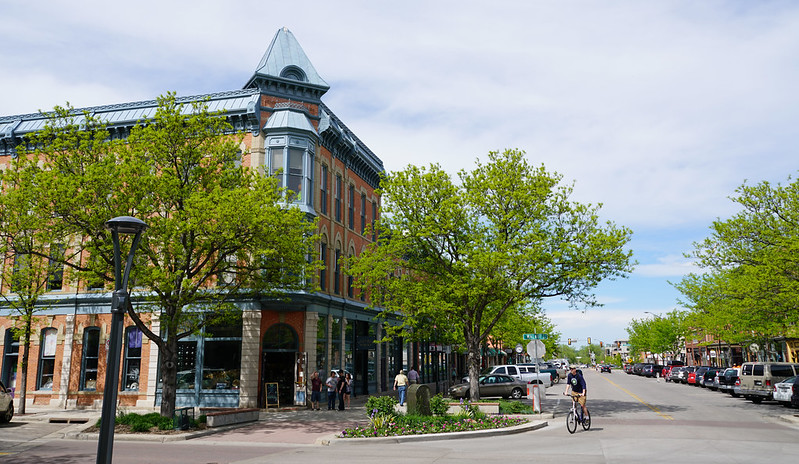
A Standing Ovation for Our New Showstopper Sponsors
The Lincoln Center is proud to present Kentwood Real Estate as its newest Showstopper sponsor. Kentwood was founded in Colorado over 43 years ago and is now a subsidiary of Berkshire Hathaway HomeServices. The brokers at Kentwood are deeply connected to the communities they live and work in, volunteering and supporting over 150 non-profits and… Read More
-
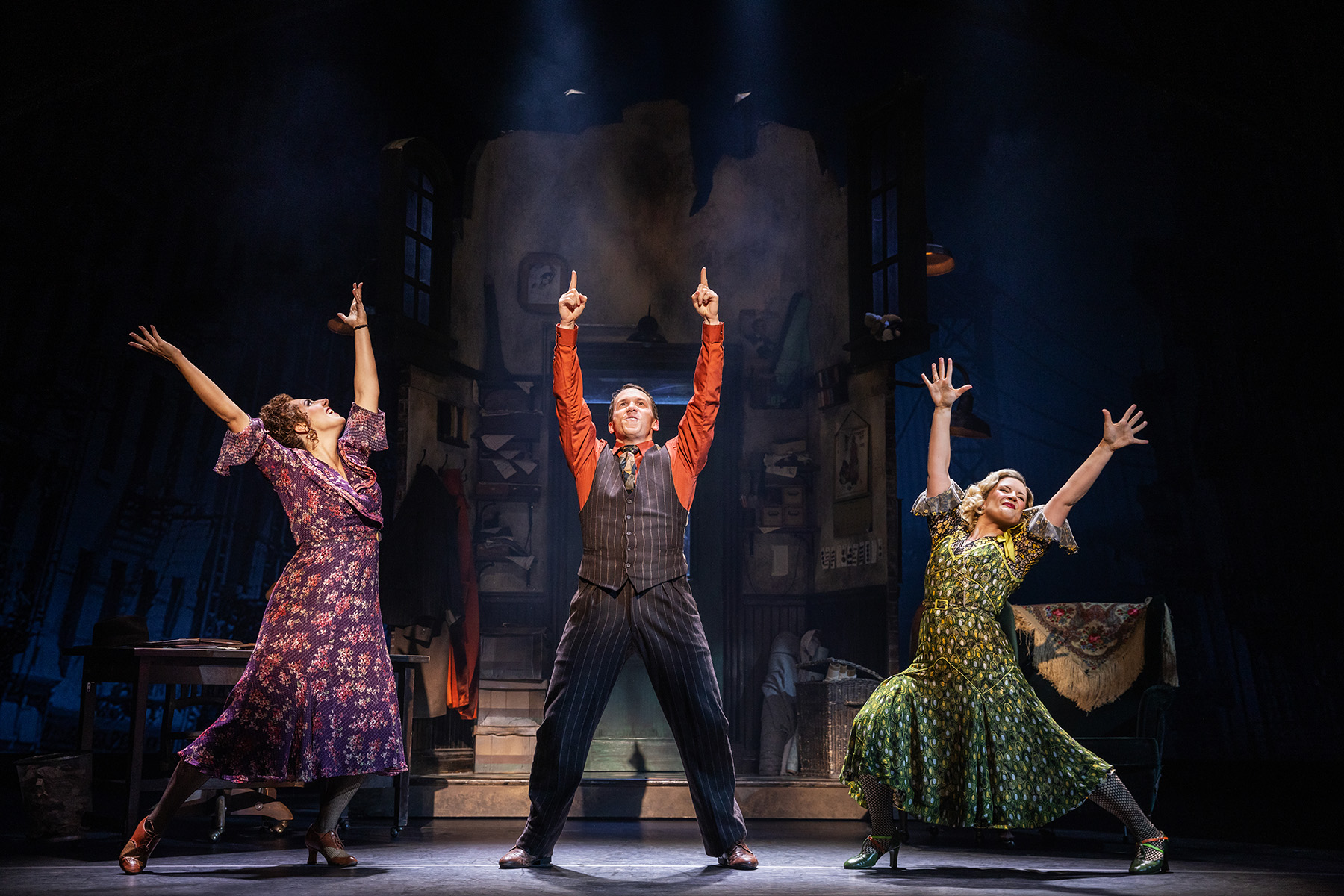
The Sun Will Come Out: Annie’s Enduring Message of Hope
Judging by how fast tickets have been flying off the shelves for the April 26—28 engagement at The Lincoln Center, one might say that a show like Annie needs no introduction. “You know, it’s funny. It’s a lasting storyline, it is,” says Stefanie Londini, who plays Ms. Hannigan. “It’s endured for generations, and I think… Read More
-
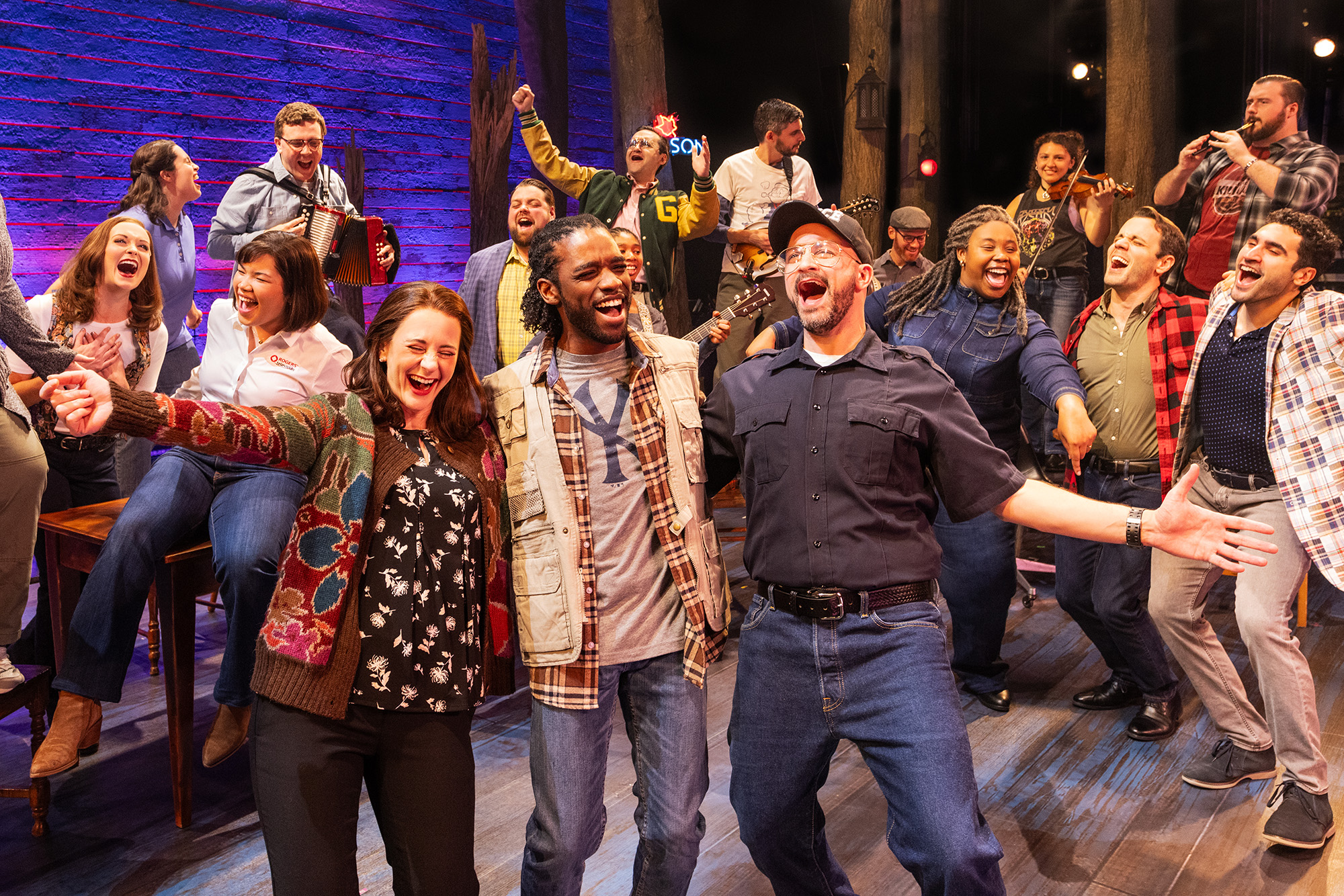
When the World Stopped, Their Stories Moved Us All
Judging by how fast tickets are flying out the window for the National Tour of Come From Away, it seems the word is out in Fort Collins: Come From Away is an incredible show that is not to be missed! Earning a Tony Award for Best Direction and receiving seven other Tony nominations including Best… Read More
-
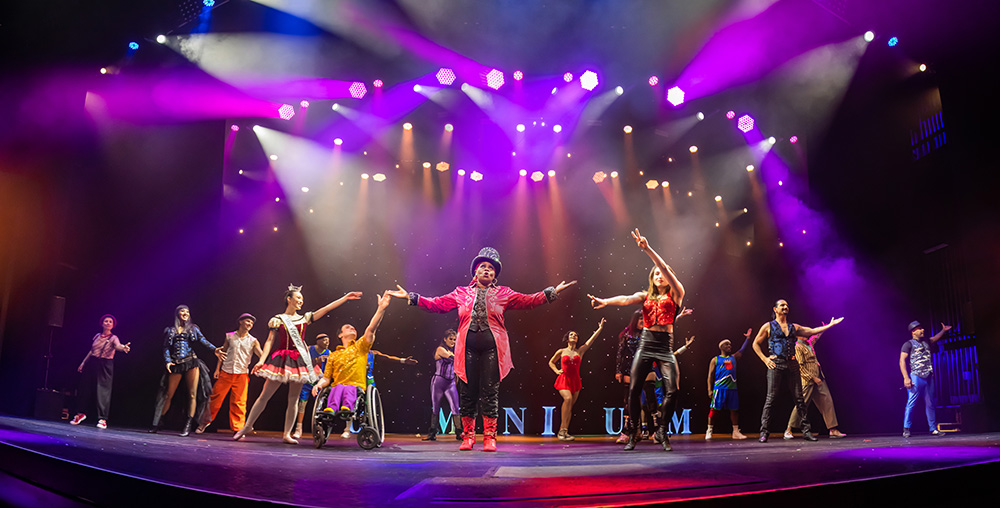
Come One, Come All
When Omnium Circus says all are welcome, they really mean it. With performers with visible and invisible disabilities, a majority BIPOC cast, integrated American Sign Language (ASL) and calming spaces for those who get overstimulated, there is a place for everyone who wants to come to witness the fantastic feats of the Circus. “Omnium is… Read More
-
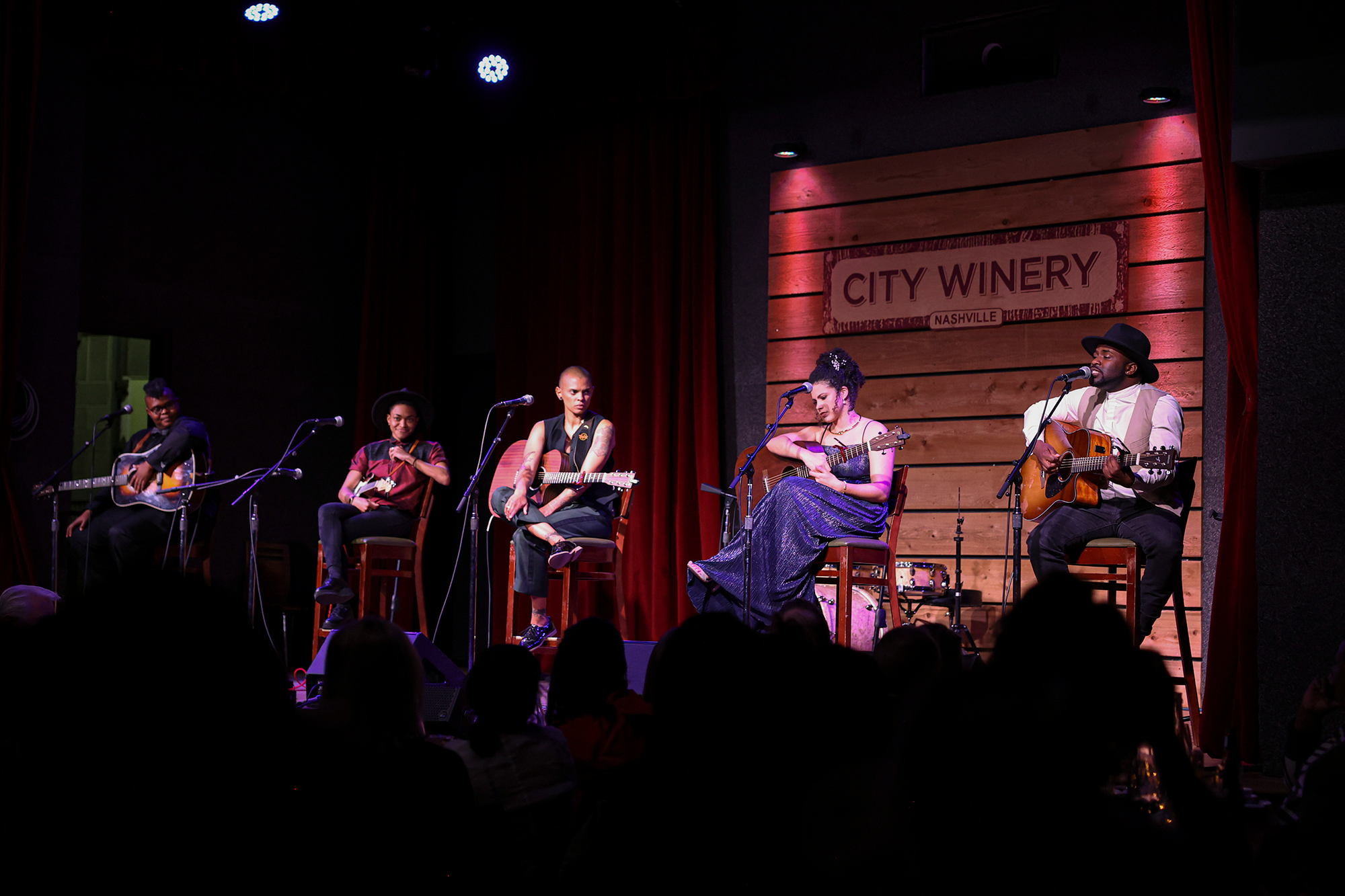
Expand Your Ears, Eyes and Mind at Black Opry Revue
Tanner Davenport, the co-director for the Black Opry Revue, was looking for a community. A biracial kid of a single mom who loved country music, Davenport was born 25 miles north of the heart of Americana, Nashville, Tennessee. He thought he had found community in his church until he came out as gay. A student… Read More
-
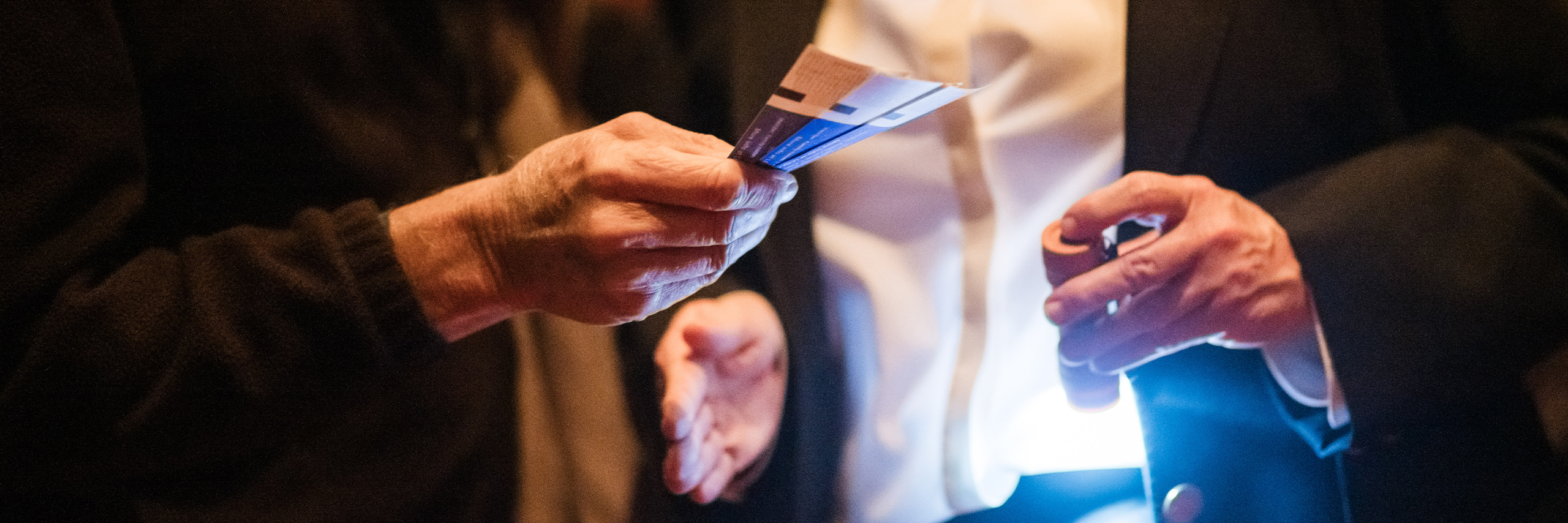
Protect Yourself from Ticket Scammers!
Predatory ticket practices and scams are on the rise here in Fort Collins and across the country. Often, patrons and consumers just like you are being price gouged, sold fake tickets, hit with hidden fees and deceived into paying higher prices on fraudulent websites. These predatory practices siphon money away from artists, communities, fans like… Read More
-
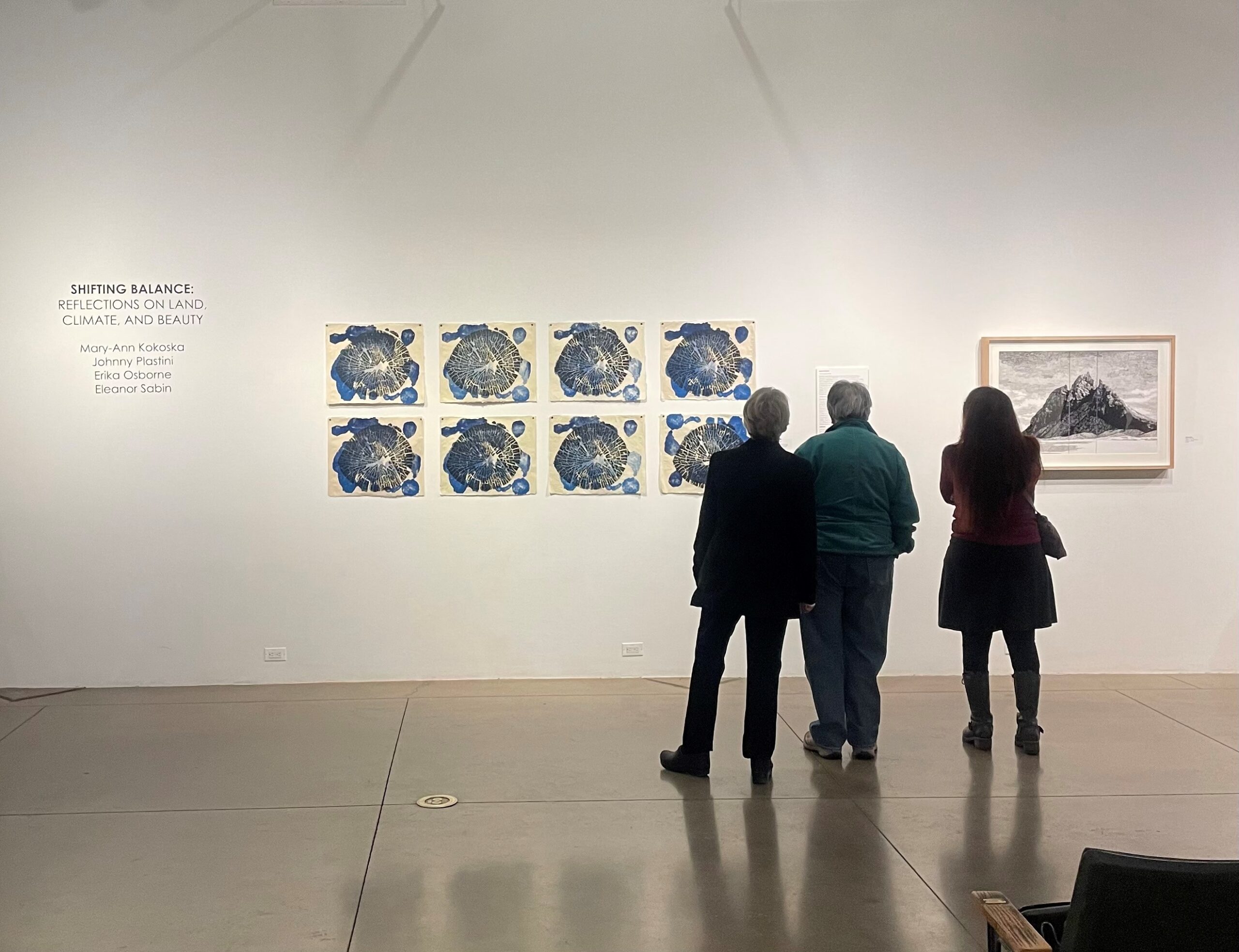
Come in, The Art Gallery Is Open
In the hustle and bustle of modern life, where the constant barrage of information and responsibilities can be overwhelming, take a break by viewing and experiencing art. Art is not only decorative; it touches various aspects of our lives, offering benefits beyond the aesthetic. Here are a few great benefits: Next time you are at… Read More